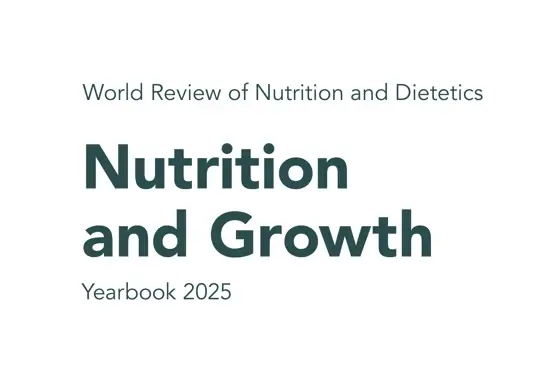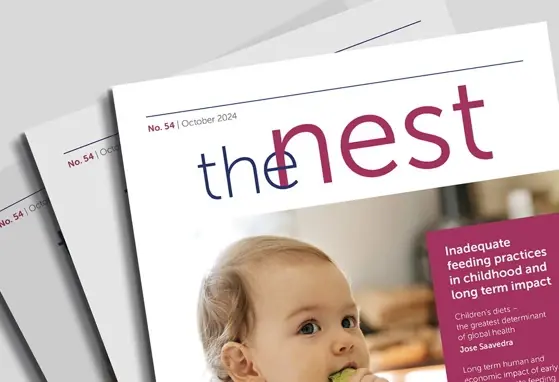Micronutrient gaps in childbearing years ‘concerning’, survey stresses
Females and younger adults in the UK appear to be vulnerable to micronutrient shortfalls, a concern given this life period includes the conception and childbearing years, the survey’s author warns.
The survey, which quizzed 3,238 adults, aged 20 to 59, found high numbers of both men and women in the 20- to 29-year-old group potentially having potassium (24.7%), zinc (8.6%) and calcium (9.4%) deficiencies.
“These shortfalls are more prominent amongst females and young adults in their twenties,” said Dr Emma Derbyshire, study author and director of consultancy firm Nutritional Insight.
“This is of particular concern given that early adulthood is a time to be in the “nutritional prime” of life preparing for parenthood.
The survey, which also looked across all age groups, found men to be at high risk of selenium, magnesium and vitamin A deficiency (affecting 26%, 14% and 11% of men respectively).
Women were most at risk of iron, selenium and potassium deficiency (affecting 25%, 50% and 24%).
“Mid-life is also a time to lay the foundations of good health in preparation for later life,” added Dr Derbyshire.
“Given that current gaps exist between micronutrient intakes and requirements the importance of a healthy and balanced diet needs further reiteration.
“This particularly applies in relation to the elimination or substitution of key food groups. Alongside this, the value of multivitamin and mineral supplements and food fortification strategies should not be overlooked in the context of today's modern lifestyles.”
Survey methods
The cross-sectional survey, which received funding from Health & Food Supplements Information Service (HSIS), began looking at data collated from the UK National Diet and Nutrition Survey Rolling Programme (NDNS-RP).
Starting in 2008, the survey used data gathered from the first 6 years of the programme. Here, subjects kept a record of all that they consumed and drank in the day for four consecutive days.
Micronutrient intakes from food sources were expressed as a percentage of the Reference Nutrient Intake (RNI), the amount of a nutrient enough to meet the needs of nearly all the group.
The values were also noted at a percentage below the Lower Reference Nutrient Intake (LRNI), the level below which deficiencies are most likely to occur, for males and females aged 20–29, 30–39, 40–49, and 50–59 years.
The mean average intake was used if the RNI or LRNI were not available, as was the case for vitamins D and E.
According to the LRNIs, results in general found both men and women were at risk of some vitamin and mineral deficiency.
The highest rates of potential deficiency were most prominent for selenium (25.8% of men, 50.3% of women), potassium (10.0% of men, 24.3% of women), magnesium (14.2% of men, and 11.5% of women) and iron (25.3% of women)
Across age groups, variations were noted with the highest potential deficiency rates for potassium (24.7%), zinc (8.6%) and calcium (9.4%) were found amongst the 20- to 29-year-old group. Those aged 40 to 49 were the most likely to be selenium deficient (41.0%).
Across all age groups and both genders, less than 5% of people were vulnerable to vitamin C, vitamin B12 and folate deficiencies.
Over 10% of men were vulnerable to vitamin A deficiency, as were 20 to 29 year olds in general.
Around 10% of women were vulnerable to riboflavin deficiency, as were 20 to 29 year olds in general.
‘Not at their nutritional prime.'
“UK females and younger adults appear to be particularly vulnerable to micronutrient shortfalls from food sources alone,” said Dr Derbyshire. “Clearly, improvements in dietary quality are needed across mid-life.”
“Alongside this, fortification and supplementation strategies may be considered to help adults achieve dietary targets at this life-stage when they should be at their nutritional prime.”
Commenting on the limitations of the survey, Dr Derbyshire acknowledged that the subjects’ self-reported food and drink consumption over the four days was not necessarily representative of their long-term dietary habits.
Subjects taking dietary supplements were excluded from the survey, thus no data was available to link their use to a correction for any dietary deficiencies.
Source: Frontiers in Nutrition
“Micronutrient Intakes of British Adults Across Mid-Life: A Secondary Analysis of the UK National Diet and Nutrition Survey.”
Authors: Derbyshire, E
If you liked this post you may also like


Shedding light on cow's milk in the first year of life

Long term human and economic impact of early child inadequate feeding

Children’s diets – the greatest determinant of global health